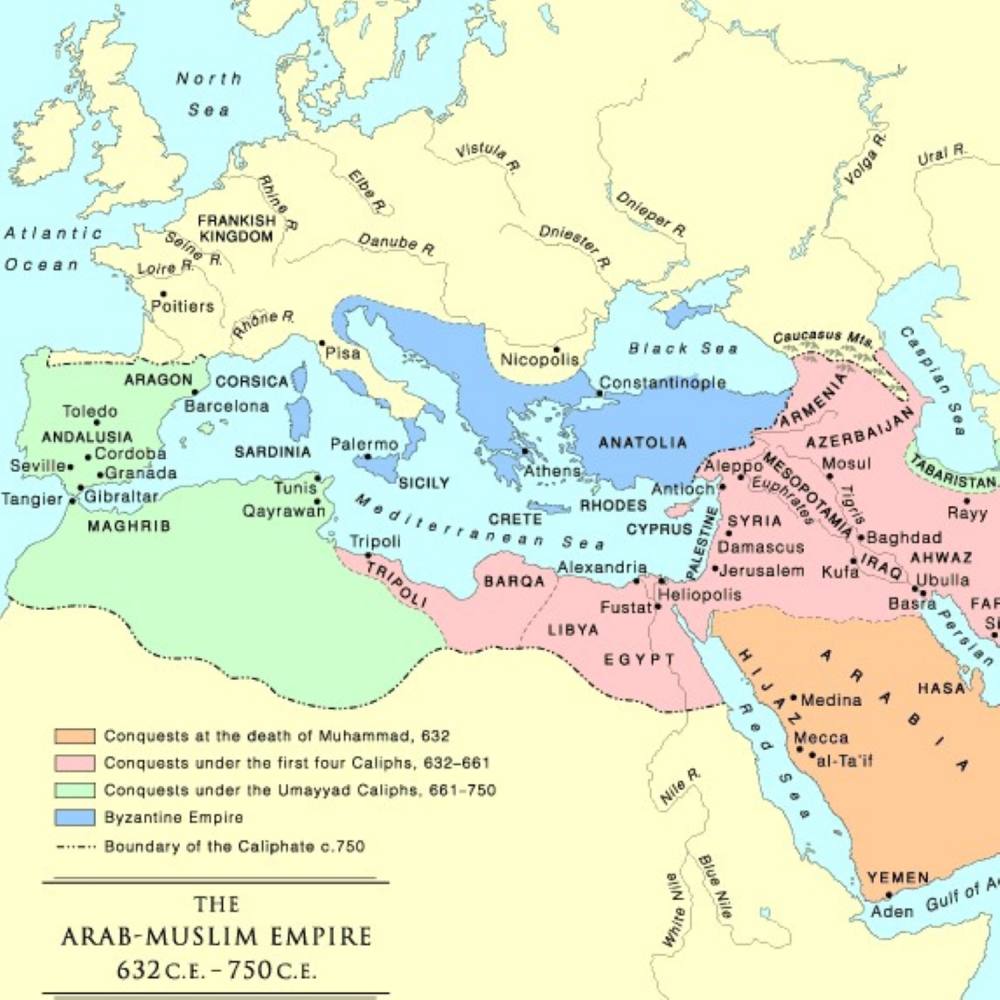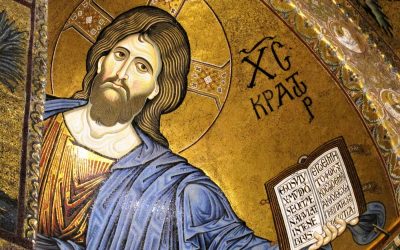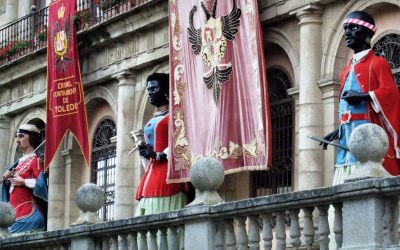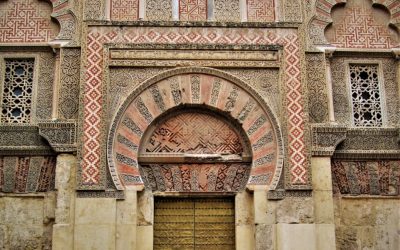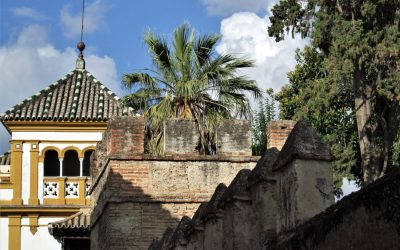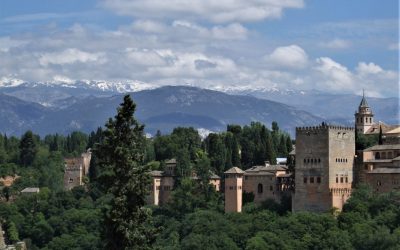The Moors
When the Roman Empire split into east and west it gave rise to the Byzantine Empire and began to shape modern Europe as we know it. A third force at play during the Middle Ages was the influence of Islam in the region. The Byzantine scholar Judith Herrin describes it thus:
The rise and frustration of Islam resulted in a formative three-way division of the ancient world into three unequal parts: the Muslim east which extended from Syria and Egypt across the coast of Africa and deep into Spain; the western part which adopted the name ‘Europa’; and the eastern part which remained the core of Byzantium.
After the death of the Prophet Muhammad in 632, Arabs set out to spread the word of Islam across the known world. Just as Christians had done with the word of Christ. Under the first caliphs (632-661) they conquered the eastern Mediterranean from Libya to Syria where the Byzantines held them to the east of the Taurus mountains. Under the Umayyad caliphate (661-750) they conquered northwest Africa (known as the Maghreb) then across the Straits of Gibraltar from Morocco to the Iberian Peninsula (Spain and Portugal) where the Franks held them to the south of the Pyrenees mountains.
The Muslim inhabitants of the Maghreb and Iberian Peninsula were known as Moors. The original Moors were Berbers indigenous to the Maghreb, though the word ‘Moor’ came to take on a broader meaning, and Europeans of the Middle Ages applied it to Arabs, North African Berbers, and Muslim Europeans.
In planning a journey through Spain as part of a three month trip to Europe in 2008 we became interested the region of Andalucia (al-Andalus in Arabic) and the Moorish World Heritage sites of Cordoba, Granada, and Seville, and nearby Toledo. We had some remarkable experiences on this trip. It led us to seek out the footprint of Arab Muslims in Sicily and Malta, and travel to Morocco to experience Berber culture first hand.
There are a few things we’ve come to love about the Moors. First and foremost the unique style of their architecture and art. It features elegant horseshoe or keyhole arches, beautiful riads with interior courtyards and gardens, decorative geometric motifs in wood, stucco, and zellij tile, and desert kasbahs (fortresses) and ksars (fortified villages) made of rammed earth. Related to this is the way they used water, both aesthetically such as in the Alhambra of Granada, and practically such as in the oases of the Moroccan desert. Then there’s flamenco music and dance which comes from Andalucia and, at least to our ears and eyes, embodies the clash of Islamic and Christian, Arab, African, and European, in a thrilling manner.
Key dates, people, and events related to the places we’ve visited are sumarised below, in chronological order.
- 711 Cordoba captured by Umayyad Moors
- 716 Made capital of the Emirate of Cordoba, subordinate to Damascus
- 756 Abd al-Rahman I establishes an independent emirate with Cordoba as its capital
- 784 Abd al-Rahman I begins construction of the Mezquita in Cordoba
- xxx
- 929 Abd al-Rahman III declares himself Caliph of Cordoba
- 932 Abd al-Rahman III conquers Toledo
- 936 Building of new capital at Medina Azahara commenced
- 945 Medina Azahara completed
- 987 Mezquita of Cordoba reaches its current dimensions
- 1010 Sacking and looting of Medina Azahara
- 1031 Caliphate of Cordoba crumbles into a number of independent principalities (taifas)
- 1147 Seville becomes capital of the Almohad Caliphate in Al-Andalus for 100 years (1147-1248)
- 1184 Construction of the Great Mosque of Seville begins (completed 1198)
Arab-Norman Sicily
The mix of Byzantine, Arab, and Norman influences on Sicily from 535 to 1194 created an incredible artistic and architectural heritage that is unique. As part of Emperor Justinian's plan to reunite the eastern and western empires, his general Belisarius took the island of...
Toledo
We left Madrid to spend two nights in Toledo before heading south to Andalucia. Toledo is an ancient city, beautifully situtated in a bend of the Tagus River and on a hill that rises above the plains of Castile-la Mancha in central Spain. It is known as the "City of the Three...
Cordoba
Cordoba was founded by the Romans in 2 BC and became an important provincial base in Hispania under the Emperor Augustus. It was occupied by the Byzantines then by the Visigoths before it was captured by Umayyad Moors in 711. It was under the Moors that the city rose to its...
Seville
Seville is Andalucia's capital and largest city, and is highly rated as a travel destination. Its Cathedral, Alcázar, and Archive of the Indies (Archivo de Indias) form a World Heritage site in the heart the city. On this trip we prioritised Cordoba and Granada as our focus in...
Granada
We spent four nights in Granada on our tour of Andalucia. It's a charming city located at the foot of the Sierra Nevada mountains and the confluence of four rivers. We were attracted here to visit the famous Alhambra and the day we spent exploring this remarkable site was a...

